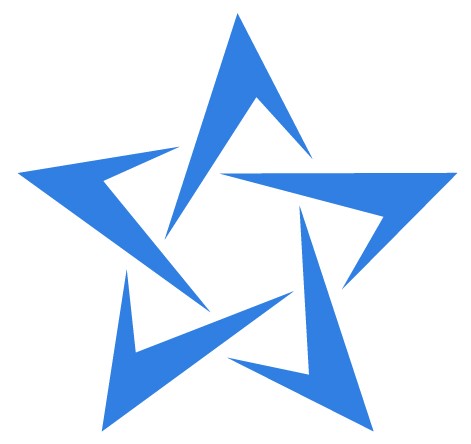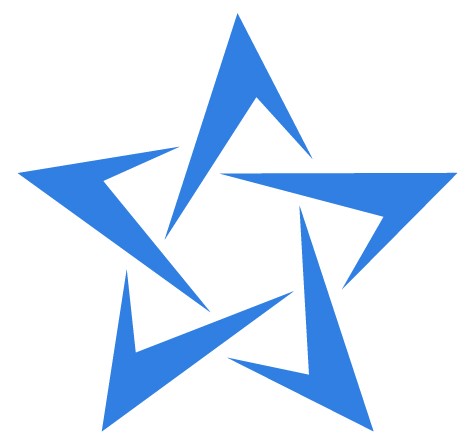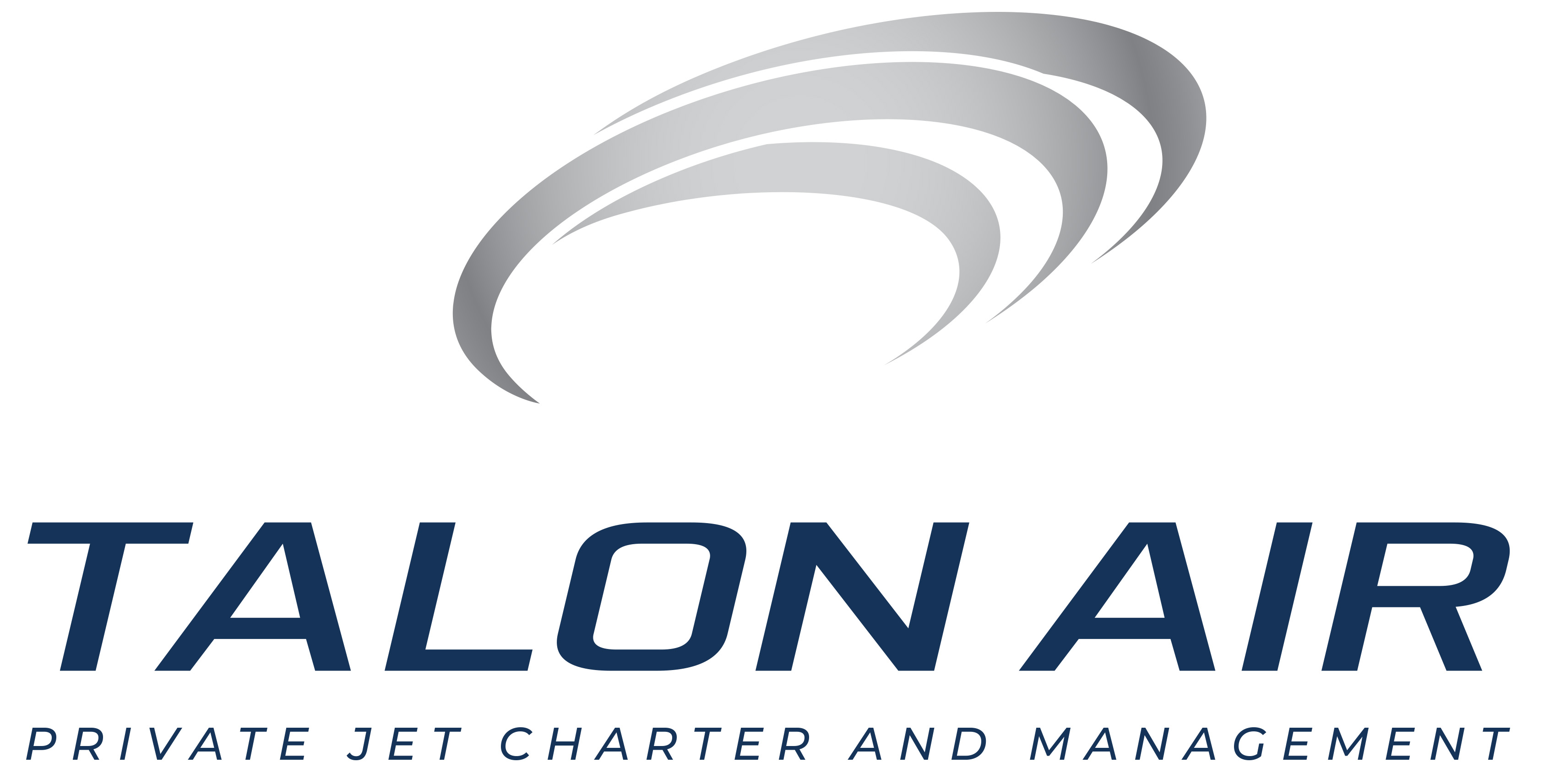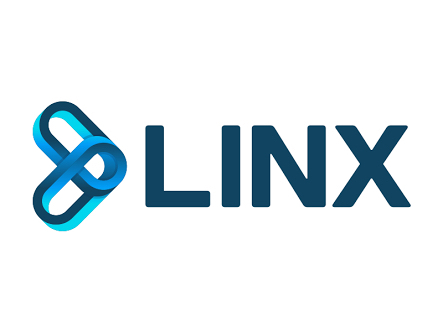Information
-
Document No.
-
Audit Title
-
Client / Site
-
Conducted on
-
Prepared by
-
Location
-
Personnel
POLICY
-
Are the lastest revisions of the ATA 103, JIG, or Local Authority Standards available?
-
Does the vendor maintain a file(s) of audit findings and corrective actions for a minimum of 12 calendars months and is it (are they) accessible to the auditor?
-
Does the vendors have a Operations Manual (Airlines Manual) to help ensure the safe and dependable flow of quality fuel to aircraft?
-
If a person[s initials or employee number is (are) used for signing off paperwork, is there a roster showing name, number and/or initials?
-
Does the vendor have a documented training program and records for all personnel under their direction or control, qualifying them to to properly perform their assignedtasks?
-
Do training records include Aviation Fuel Knowledge, Safety (Emergency Procedures(SPILL)), Fuel Quality Management, Aircraft Fuel Servicing, Drive Safety (Driving License, UAEAC Approval, only for CM*).
-
Does the Airline and then Vendors provide initial and recurrent training respectively to their personnel on an interval not less than once during every 36 months period?
-
Does the vendor have a pre-employment and post accident drug/alcohol program for personnel dealing with the handling and dispensing of fuel?
-
Are fuels handing personnel given a color blindness test?
-
Fuel Farm use the same pipeline for differents products? (JET A1, GAS, Biodiesel)
-
If Biodiesel is used, there is procedures for measure FAME (Fatty Acid Methyl Ester)?
FUELING EQUIPMENT INSPECTIONS
-
DAILY CHECKS: General condition, Filter sumps, Filter DPI Pressures, Safety Interlocks, Nozzle pressures, Static reels, cables (less than 10 ohms), Hoses, Nozzles, Swivels, Deadman , Lift Platforms , Fire extinguishers , Air Tanks, Surge/Rel
-
MONTHLY CHECKS: Millipore, Static System Continuity Test, Corrected Filter DP, Emergency Shutdown System, Nozzle Screens, Signs, Labels, Placards, Meter seals, Tanker Interiors, Deadman Controls, Lift Platforms, Fire Extinguishers, Free
-
QUARTERLY CHECKS: Water defense system external, Pressure Controls Primary and Secundary Pressure, Vehicle inspection, Interlock Override function check
-
SEMI-ANNUALLY CHECKS: Periodic Hose Pressure and certifications
-
ANNUALLY CHECKS: Filter Element change, Filter and DPI Pressure Gauge Calibration, Meter Calibration, Water defense system insp. and test
-
Do the records indicate when any equipment was not in service?
-
Does the data on the filter conversion placards compliment the original filter unit specifications?
PHYSICAL FUELING EQUIPMENT CHECKS
-
Check the vehicle for general condition
-
Check condition of boding, reels, cables and clamps
-
Check minimum 20 LBS B, C rated fire extinguishers for accessibility, intact seal, and current inspection tag. There must be a minimum of one (1) on a Hydrant unit and two (2) on a tanker truck
FILTER/SEPARATOR IS USED, CHECK THE FOLLOWING
-
Has filter vessel been converted? If so, is there an up to date conversion data placardon vessel?
-
Air elimination provision?
-
Direct reading DPI gauges?
-
Manual sump drain?
-
Upstream and downstream menbrane sampling ports, and caps?
-
Over pressure or thermal relief device?
-
Is a nameplate attached to the filter vessel, complete with the required information?
-
Water defense sytem?
FULL FLOW IS USED, CHECK THE FOLLOWING
-
Air elimination provision?
-
Direct reading DPI gauges?
-
Manual sump drain?
-
Upstream and downstream menbrane sampling ports, and caps?
-
Over pressure or thermal relief device?
-
Is a nameplate attached to the filter vessel, complete with the required information?
-
Check for the following sign and placards<br>JET A (each side and rear) -- FLAMMABLE (each side and rear) -- NO SMOKING (two sides and in cab vehicle) -- EMERGENCY SHUTOFF by each shutoff control and placard indicating it operations(both side tanker, one sid
-
Placard identified FILTER DPI -- Placards identifying tanks drain valve -- Placard showing last date (month/year) filter was changed or single element change performed -- Placard showing filter sump drain -- Placard showing normal/override position of bra
-
Check for presence of emergency shutoff switch on lift, if lift present
-
Check for presence of deadman control system
-
Check condition of hoses, swivels and nozzles
-
Check fo intack calibratror/adjuster cover seal
-
Check for hose/dust covers and proper attachment
-
Perform tank and filter sump fuel appareance test for each compartment
-
Is there a three way valve or other effective means of detecting a failure of the DPI gauge?
-
Check to ensure emergency shutoff cuts off fuel flow at a level of less than 5% when activated?
-
Perform downstream free water test (15 PPM), Test result acceptable?, Testing procedures acceptables?
-
Does the brake (safety) interlock system operate properly? Check interlock override warning light.
-
Perform stastic system continuity check.
-
Check condition of 100 mesh nozzle screens
-
Check to ensure deadman cuts off fuel flow at a level of less than 5% when de-activated
-
Check for fuel leaks on plumbing hose reels and hoses.
OBSERVING AIRCRAFT FUELING ACTIVITY
-
If the truck/carts chocked properly?
-
If the fueling vehicle bonded to the aircraft prior to hose hook up?
-
If the vehicle positioned clear of the wing?










